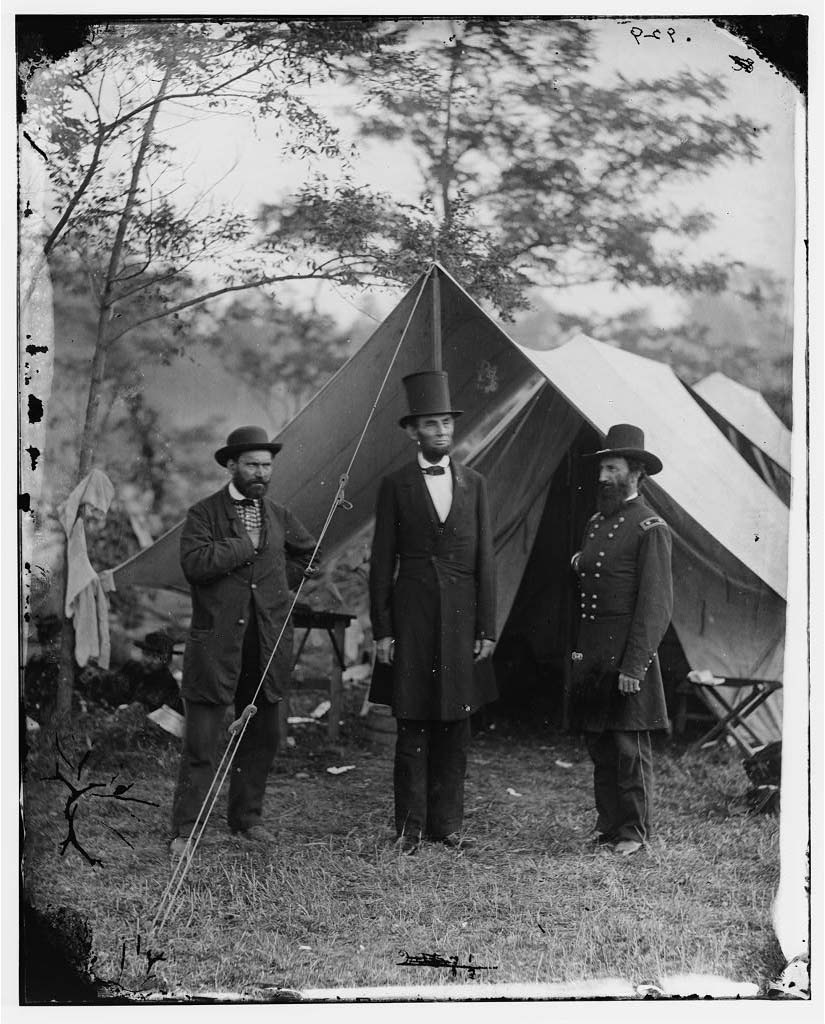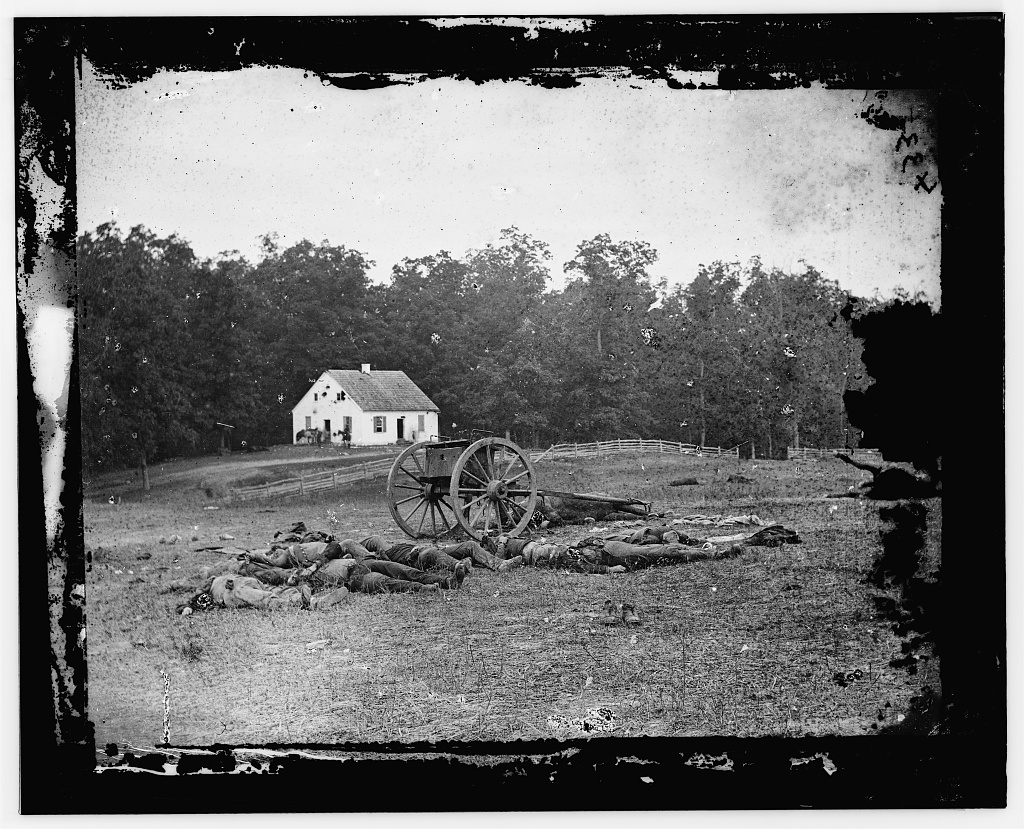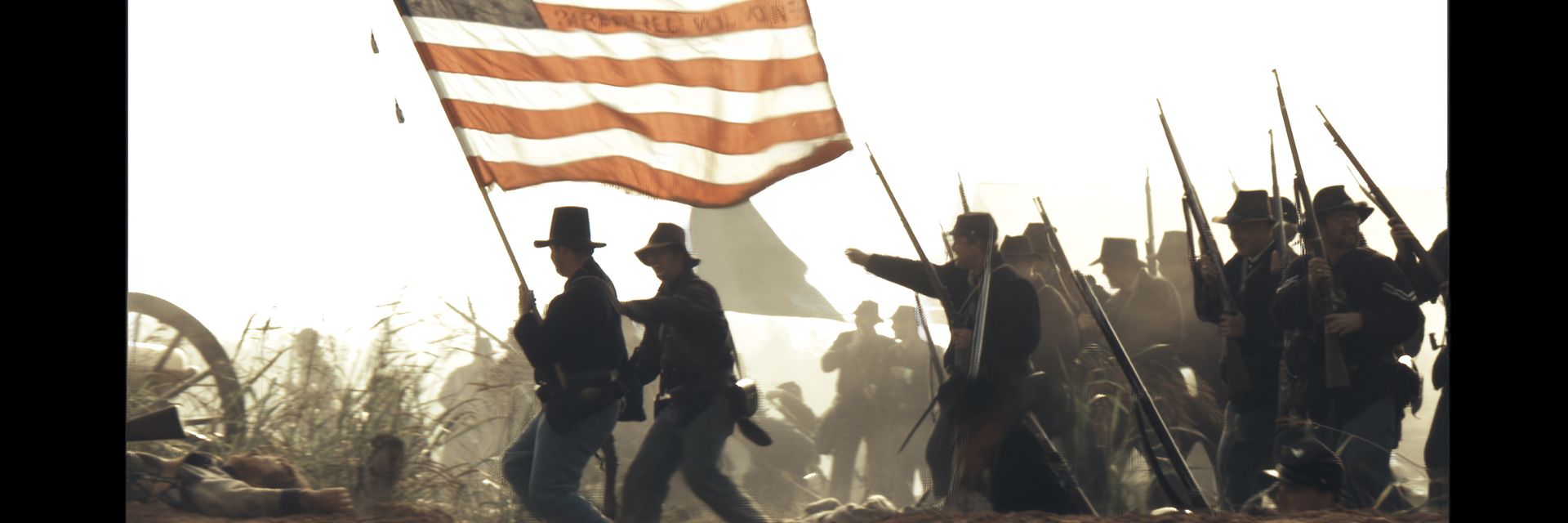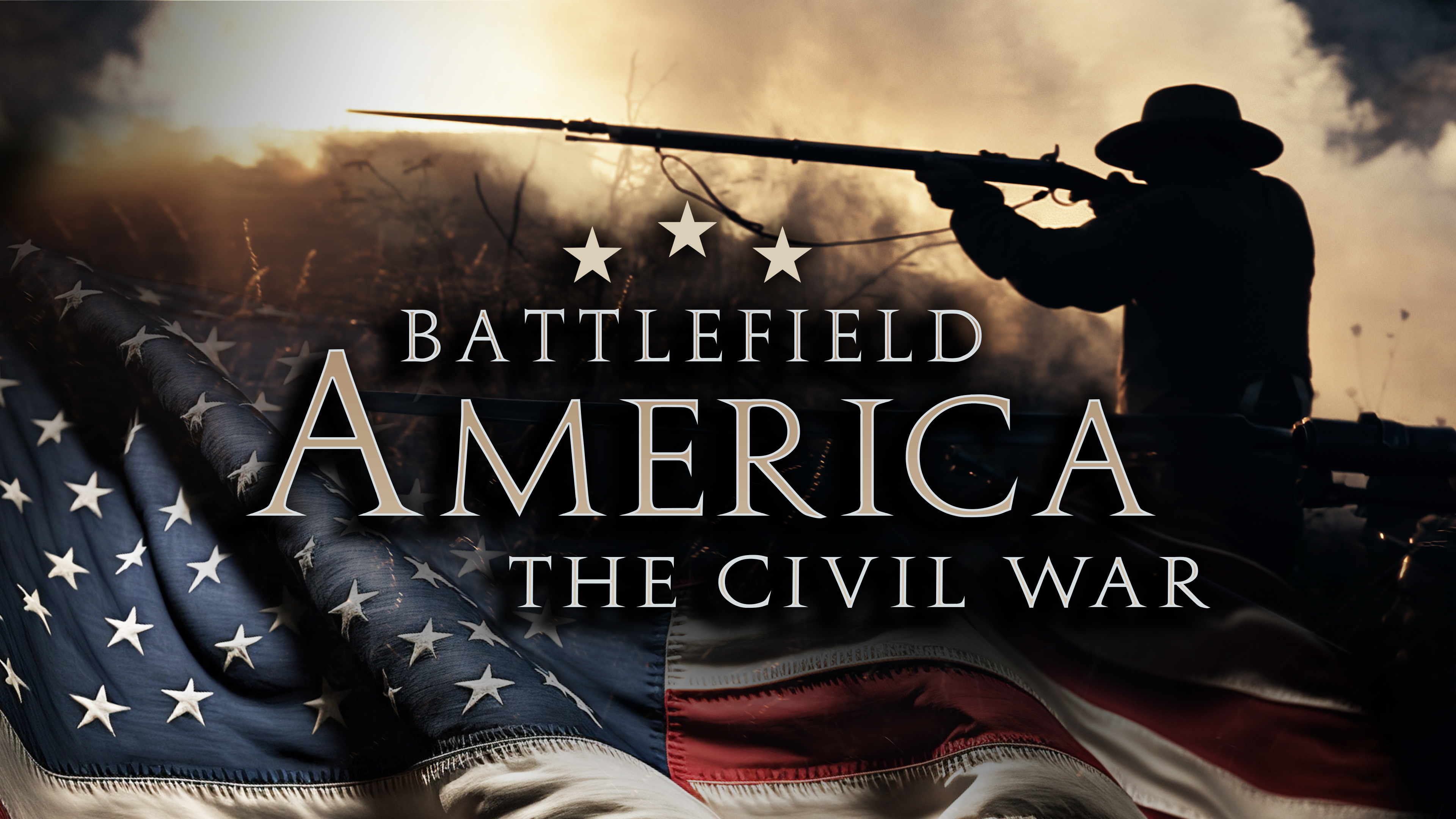Historian Garry Adelman addresses issues raised by the MagellanTV-original documentary series, Battlefield America.
◊
MagellanTV is proud to present its original and exclusive world premiere of Battlefield America, an in-depth exploration of the major battles and campaigns of the U.S. Civil War. To introduce readers to the themes and stories of this six-part documentary series, I interviewed Garry Adelman, chief historian of the American Battlefield Trust. This nonprofit is dedicated to preserving the sites of battles fought on American ground and to educating the public about their significance. It also lent its support to the production of this series.
Conducted via email, our interview addresses the tragic history of the United States in the 1860s and the explosive impact and consequences of Civil War battles. Parts of this interview have been edited for clarity and length.
We began by discussing the visceral experiences of the people who visit these historic battlegrounds and the experience of the soldiers who fought the war.
To start watching Battlefield America, click on the poster above.
Kevin J. Martin (interviewer): How do you see people experiencing these battlefields – sites of heroism, combat, and carnage? What do they gain from the experience?
Garry Adelman: I have been on battlefields with tens of thousands of people over the past 35 years, and I have learned that the experience is personal. I’ve seen people happy, sad, and angry; I’ve witnessed them both pass out and lash out at me for telling stories of what happened there. Whether with me or other guides, most visitors are pleasantly surprised about the power of being on the ground to help understand the past. Many leave craving more experiences, at more places. For some, it can be life-changing, igniting a passion that can last for their entire lives, and even longer through their children and grandchildren.
KJM: The fury of these battlefields was most likely overwhelming, without precedent for the average soldier of that era. Why do you think so many of them were willing to throw themselves into battles in which they were in great danger of being killed or maimed?
GA: Despite the desire of many to determine the single thing that enticed soldiers to enlist, they did so for numerous reasons, just as soldiers do today. For adventure, for money, for homeland, for a cause, because they were drafted, because of their honor, for experience. The list goes on and on.

Secret Service Chief Allan Pinkerton, President Abraham Lincoln, Major General John A. McClernand, October 3, 1862 (Credit: Alexander Gardner, via the Library of Congress)
KJM: Given the circumstances of the mid-19th century, do you think the Civil War was inevitable? In your view, what led to the first shots fired?
GA: Well, civil war certainly proved to be inevitable. The sectional argument (referring to regional tensions and conflicts), mostly over slavery, had festered for decades before the war. Compromises, talks, and other efforts for peaceful solutions could not stand up against the realities of the day as well as trigger events that kept bringing sectional issues to the table – the compromises themselves, slave uprisings, John Brown’s raid, a mini-civil war in Kansas, the book Uncle Tom’s Cabin, the Dred Scott decision and, at length, the election of Abraham Lincoln, whom the South perceived as hostile to slavery and the Southern states. This resulted in the secession of the first seven states to form the Confederacy.
One could argue that the first shots were fired over federal property in Charleston Harbor, but even that dispute was caused by secession and, thus, by slavery. I don’t know why people argue about this point. The seven states wrote why they seceded – and it was because of slavery.
KJM: What is the overall message of Battlefield America for those interested in the U.S. Civil War? What is new about this series?
GA: Wars, campaigns, and battles are hard to understand. With tens of thousands of soldiers moving over vast stretches of land and engaging in hundreds or thousands of fights, both large and small, people crave clear explanations. By placing moving military units on labeled geographic spaces, Battlefield America lends a graspable visual element to the narrative that makes it easier to understand. Novices will find it helpful to simply know the order in which battles occurred and in which states they were fought. Well-seasoned battlefield enthusiasts will benefit from historians’ latest scholarship layered over the maps.
KJM: Battlefield America covers well-known battles (Gettysburg, Antietam) and lesser-known ones (Chickamauga, the Overland Campaign). What can be said about all these battles that may be important but not necessarily well-known?
GA: Well, I don’t mean to denigrate the important work done in courthouses, Congress, or on the home front – all of this was essential to Union victory – but whether the South could secede, whether the slaves were to be freed, and, of course, who won the war, was decided on battlefields, just as it was in the American Revolution and other wars. The Emancipation Proclamation would have meant almost nothing had the Confederates won on the battlefield.
Each of these places, plus scores of others, marked the ebb and flow of our democratic republic: Would this form of government succeed or not? That’s what’s at stake at these places. As for the fascinating details of what happened there, watch the show, and then follow your cravings for those aspects of history that excite you!
Gettysburg is, in my opinion, most important for what it prevented – a Confederate victory on Northern soil. —Civil War historian Garry Adelman
KJM: The Battle of Gettysburg is often identified as a pivotal turning point in the war. What happened there that contributed to the outcome of the Civil War?
GA: The Battle of Gettysburg was fought as another major campaign in Vicksburg was coming to an end. The twin Union victories at Vicksburg and Gettysburg are certainly one turning point, but there are others that could vie for the top spot as the turning point. Gettysburg is the best known by a wide margin. After all, it was the costliest battle by far, was fought near population centers, included the most famous attack in American history – Pickett’s Charge – and was the first Civil War battlefield to be preserved.
Add to that the catchy place names associated with the battle that were photographed for the public within weeks, and finally, that Abraham Lincoln delivered America’s most famous speech at Gettysburg, and you have a recipe for fame.

Dead in front of Dunker Church, Antietam, Md., September 20, 1862 (Credit: Alexander Gardner, via Library of Congress)
In the end, Gettysburg is, in my opinion, most important for what it prevented – a Confederate victory on Northern soil and the threat of a Southern army marching on Northern capitals in which a major disaster in battle might have resulted in the fall of Washington.
KJM: How does the study of individual battle strategies – as presented in Battlefield America – help tell the entire story of the war, the politics, and the people of that era?
GA: Battles reflect the time they are fought, and that includes tactics, technology, strategy, goals, politics, and more. Viewers should come away with not only a variety of all of the above but also how things are changing each year of the war, from 1861 to 1865.
KJM: What does Battlefield America have to say to contemporary Americans living through this fractious, polarized era?
GA: I’ll disclaim that I’m an optimist and cannot predict the future any better than anyone. But even in the lowest points, in which people feel their country is headed in the wrong direction or even to crises, I suggest that the past gives us reason to be inspired about who we are and our durability.
_________________
Battlefield America is now available on MagellanTV.
Ω
Garry Adelman is the award-winning author, co-author, or editor of 20 books and 50 Civil War articles. He is the vice president of the Center for Civil War Photography and has been a Licensed Battlefield Guide at Gettysburg for 29 years. He has lectured at hundreds of American Revolution and Civil War sites across the country and has appeared as a speaker on numerous televised documentaries. He works full-time as Chief Historian at the American Battlefield Trust.
Kevin J. Martin is Senior Writer and Associate Editor for MagellanTV. Having had a long career as a journalist and communications specialist, he writes on various topics, many in the areas of Art and Culture, Current History, and Space and Astronomy. He is the co-editor of My Body Is Paper: Stories and Poems by Gil Cuadros (forthcoming from City Lights). He resides in Glendale, California.
Title Image source: American Battlefield Trust


